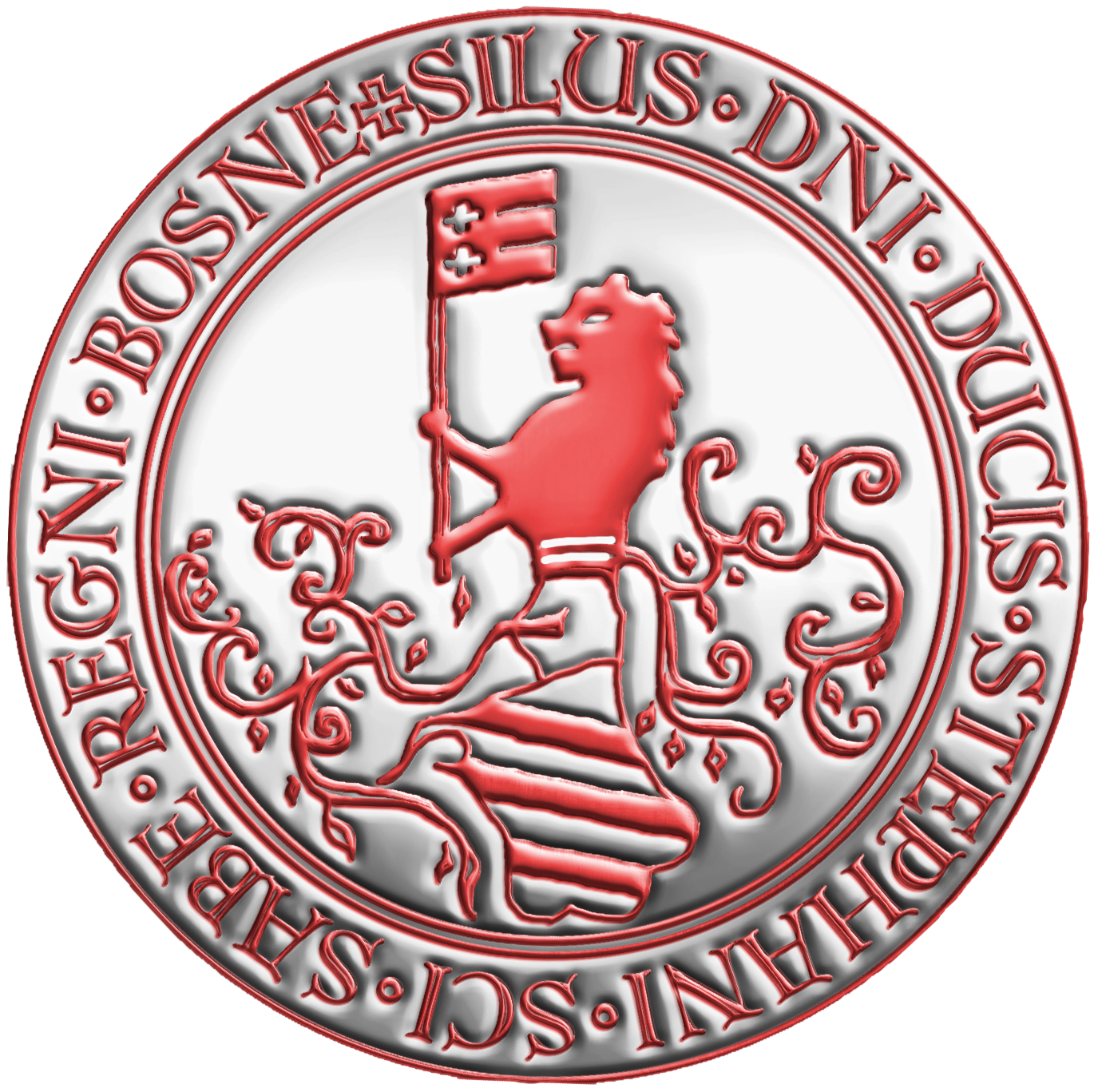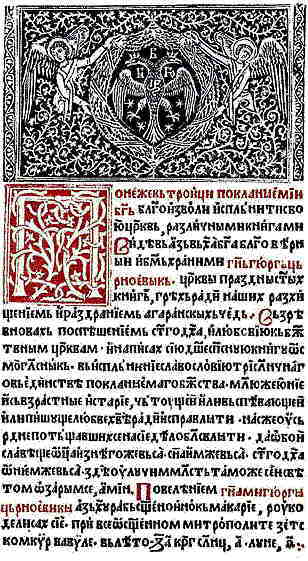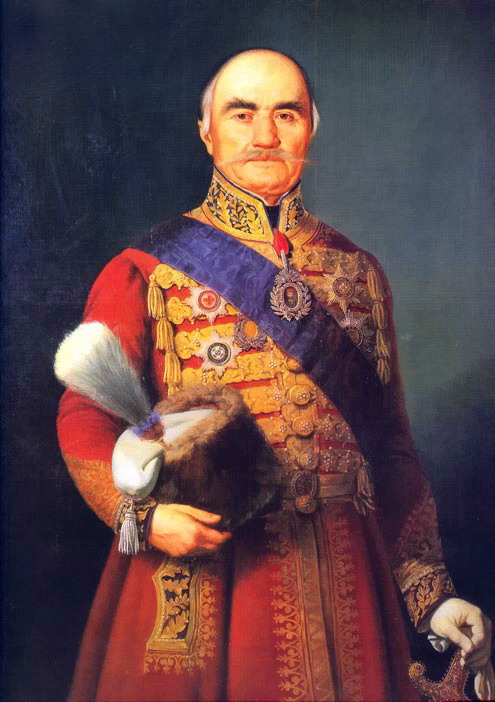|
Ottoman Serbia
Ottoman Serbia refers to the Ottoman Empire, Ottoman period in the history of Serbia. Various regions of medieval Serbia came under Ottoman rule already at the end of the 14th century, while the Serbian Despotate fell in 1459. Northern regions of what is now the Republic of Serbia were incorporated into the Ottoman Empire during later conquests, from 1521 to 1552. Since the Habsburg Empire, Habsburg expansion towards those northern regions, in 1699 and 1718, Ottoman rule was gradually reduced to Serbian territories south of the Sava and Danube rivers (1739). From 1804 to 1830, the Principality of Serbia was gradually restored, as a vassal state of the Ottoman Empire. It gained independence in 1878, and expanded into southern regions, thus reducing Ottoman control to the historical region of the Old Serbia, that was liberated in 1912, thus ending Ottoman rule in Serbian lands. The Ottoman conquest of the Balkans was initiated in the middle of the 15th century, leding to consequent ... [...More Info...] [...Related Items...] OR: [Wikipedia] [Google] [Baidu] |
Flags Of The Ottoman Empire
The Ottoman Empire used various flags and naval ensigns during its history. The crescent and star came into use in the second half of the 18th century. A ' (decree) from 1793 required that the ships of the Ottoman Navy were to use a red flag with the star and crescent in white. In 1844, a version of this flag, with a five-pointed star, was officially adopted as the Ottoman national flag. The decision to adopt a national flag was part of the '' Tanzimat'' reforms which aimed to modernize the Ottoman state in line with the laws and norms of contemporary European states and institutions. The star and crescent design later became a common element in the national flags of Ottoman successor states in the 20th century. The current flag of Turkey is essentially the same as the late Ottoman flag, but has more specific legal standardizations (regarding its measures, geometric proportions, and exact tone of red) that were introduced with the Turkish Flag Law on 29 May 1936. Before the leg ... [...More Info...] [...Related Items...] OR: [Wikipedia] [Google] [Baidu] |
Republic Of Serbia
, image_flag = Flag of Serbia.svg , national_motto = , image_coat = Coat of arms of Serbia.svg , national_anthem = () , image_map = , map_caption = Location of Serbia (green) and the claimed but uncontrolled territory of Kosovo (light green) in Europe (dark grey) , image_map2 = , capital = Belgrade , coordinates = , largest_city = capital , official_languages = Serbian , ethnic_groups = , ethnic_groups_year = 2022 , religion = , religion_year = 2022 , demonym = Serbian , government_type = Unitary parliamentary republic , leader_title1 = President , leader_name1 = Aleksandar Vučić , leader_title2 = Prime Minister , leader_name2 = Đuro Macut , leader_title3 = President of the National Assembly , leader_name3 = Ana Br ... [...More Info...] [...Related Items...] OR: [Wikipedia] [Google] [Baidu] |
Duchy Of Saint Sava
The Duchy of Saint Sava ( sh-Latn-Cyrl, Vojvodstvo Svetog Save, Војводство Светог Саве) was a late medieval polity in southeastern Europe, that existed from 1448 up to 1482, when it was absorbed by the Ottoman Empire. It was founded and controlled by the Kosača noble family, whose rulers held the title Duke of Saint Sava ( sh-Latn-Cyrl, Herceg od Svetog Save, Херцег од Светог Саве). Their domains included southern parts of modern-day Bosnia and Herzegovina, extending to southern parts of modern-day coastal Croatia, northwestern Montenegro and southwestern Serbia. Its founder, Stjepan Vukčić Kosača (duke since 1448), titled himself Herceg of Saint Sava, a title which would later give rise to the new name to the region: Herzegovina, and will be also used by the Ottomans as ''Hersek Sancağı'' (Sanjak of the Herzeg), designating the Sanjak of Herzegovina. In various sources, and historiographical traditions, the name of the duchy is reco ... [...More Info...] [...Related Items...] OR: [Wikipedia] [Google] [Baidu] |
Kingdom Of Bosnia
The Kingdom of Bosnia ( / Краљевина Босна), or Bosnian Kingdom (''Bosansko kraljevstvo'' / Босанско краљевство), was a medieval kingdom that lasted for nearly a century, from 1377 to 1463, and evolved out of the Banate of Bosnia, which itself lasted since at least 1154. King Tvrtko I of Bosnia, Tvrtko I (r. 1353–91) acquired portions of western Serbia and most of the Adriatic coast south of the Neretva River. During the late part of his reign, Bosnia became one of the strongest states in the Balkans, Balkan Peninsula. However, feudal fragmentation remained important in Bosnia and the Bosnian nobility held significant power, exercising it at the Stanak meetings where members deliberated on matters such as Royal elections, election of the new king or queen and coronations, foreign policy, sale or cession of territory, contracting and signing treaties with neighboring countries, and military issues. The Ottoman Empire Ottoman conquest of Bosnia a ... [...More Info...] [...Related Items...] OR: [Wikipedia] [Google] [Baidu] |
Zeta Under The Crnojevići
Zeta ( sr-cyrl, Зета) was one of the Serbian medieval polities that existed between 1371 and 1496, whose territory encompassed parts of present-day Montenegro and northern Albania. The Crnojević noble family ruled the Principality of Zeta from 1451 until 1496. Background In 1421, before his death and under the influence of his mother Jelena, Balša III passed the rule of Zeta to Serbian Despot Stefan Lazarević. Despot Stefan fought the Republic of Venice and regained Bar in mid-1423, and in 1424 his nephew Đurađ Branković regained Drivast and Ulcinium (Ulcinj). With the death of Despot Stefan in 1427, his nephew Đurađ inherited the rule of Serbia. History Ascent to power The most important roles in establishing this family's rule in Zeta were played by Stefan I Crnojević (1451–1465) and his son Ivan (1465–1490). Ivan's son Đurađ Crnojević (1490–1496) was the last ruler from this dynasty. Stefan Stefan I Crnojević consolidated his power in Zeta and ru ... [...More Info...] [...Related Items...] OR: [Wikipedia] [Google] [Baidu] |
Vassal
A vassal or liege subject is a person regarded as having a mutual obligation to a lord or monarch, in the context of the feudal system in medieval Europe. While the subordinate party is called a vassal, the dominant party is called a suzerain. The rights and obligations of a vassal are called vassalage, while the rights and obligations of a suzerain are called suzerainty. The obligations of a vassal often included military support by knights in exchange for certain privileges, usually including land held as a tenant or fief. The term is also applied to similar arrangements in other feudal societies. In contrast, fealty (''fidelitas'') was sworn, unconditional loyalty to a monarch. European vassalage In fully developed vassalage, the lord and the vassal would take part in a commendation ceremony composed of two parts, the Homage (feudal), homage and the fealty, including the use of Christian sacraments to show its sacred importance. According to Eginhard's brief description, ... [...More Info...] [...Related Items...] OR: [Wikipedia] [Google] [Baidu] |
Battle Of Kosovo
The Battle of Kosovo took place on 15 June 1389 between an army led by the Serbian Prince Lazar Hrebeljanović and an invading army of the Ottoman Empire under the command of Sultan Murad I. It was one of the largest battles of the Late Middle Ages. The battle was fought on the Kosovo field in the territory ruled by Serbian nobleman Vuk Branković, in what is today Kosovo, about northwest of the modern city of Pristina. The army under Prince Lazar consisted mostly of his own troops, a contingent led by Branković, and a contingent sent from Bosnia by King Tvrtko I, commanded by Vlatko Vuković. Additionally, Lazar was also supported by a Christian coalition from various European ethnic groups. Prince Lazar was the ruler of Moravian Serbia and the most powerful among the Serbian regional lords of the time, while Branković ruled the District of Branković and other areas, recognizing Lazar as his overlord. Reliable historical accounts of the battle are scarce. The bulk of ... [...More Info...] [...Related Items...] OR: [Wikipedia] [Google] [Baidu] |
Battle Of Maritsa
The Battle of Maritsa or Battle of Chernomen (; in tr. ''Second Battle of Maritsa'') took place at the Maritsa River near the village of Chernomen (present-day Ormenio, Greece) on 26 September 1371 between Ottoman forces commanded by Lala Shahin Pasha and Evrenos, and Serbian forces commanded by King Vukašin Mrnjavčević and his brother Despot Jovan Uglješa.Fine, J. V. A. ''The Late Mediaeval Balkan's'' p. 379/ref> Background In 1354, the Ottomans acquired Gallipoli. From there, they expanded into Thrace, taking the important city of Adrianople in 1369. They reached the borders of Uglješa's lands. Uglješa tried to create a coalition against them, but failed to secure support from the Byzantines and the Bulgarians. Most of the Serbian lords were occupied fighting each other and the only Serbian lord who supported Uglješa's ideas was his brother Vukašin. In the summer of 1371, Vukašin marched to Zeta, to support his relative Đurađ Balšić in his war against ... [...More Info...] [...Related Items...] OR: [Wikipedia] [Google] [Baidu] |
Fall Of The Serbian Empire
The fall of the Serbian Empire was a decades-long process in the late 14th century. Following the death of the childless Emperor of the Serbs, Emperor Stefan Uroš V in 1371, the Serbian Empire was left without an heir and the magnates, ''velikaši'', obtained the rule of its provinces and districts (in so-called feudal fragmentation), continuing their offices as independent with titles such as ''gospodin'', and ''Despot (court title), despot'', given to them during the Empire. This period is known as the dissolution or the beginning of the fall of the Serbian Empire. Between 1365 and 1371, Vukašin of Serbia, King Vukašin was the co-ruler of Emperor Uroš, ruling the southern half, thus the Empire may be viewed as a ''de facto'' diarchy. Before 1371, the Medieval Serbian nobility, nobility were either directly subordinate to Emperor Uroš or to Vukašin. Vukašin died in the Battle of Maritsa (1371) against the invading Ottoman Empire, and southern Serbian provinces became nomin ... [...More Info...] [...Related Items...] OR: [Wikipedia] [Google] [Baidu] |
Ottoman Conquest Of The Balkans
A series of military conflicts between the Ottoman Empire and various European states took place from the Late Middle Ages up through the early 20th century. The earliest conflicts began during the Byzantine–Ottoman wars, waged in Anatolia in the late 13th century before entering Europe in the mid-14th century with the Bulgarian–Ottoman wars. The mid-15th century saw the Serbian–Ottoman wars and the Albanian-Ottoman wars. Much of this period was characterized by the Ottoman expansion into the Balkans. The Ottoman Empire made further inroads into Central Europe in the 15th and 16th centuries, culminating in the peak of Ottoman territorial claims in Europe. The Ottoman–Venetian wars spanned four centuries, starting in 1423 and lasting until 1718. This period witnessed the fall of Negroponte in 1470, the siege of Malta in 1565, the fall of Famagusta (Cyprus) in 1571, the defeat of the Ottoman fleet at the Battle of Lepanto in 1571 (at that time the largest naval ba ... [...More Info...] [...Related Items...] OR: [Wikipedia] [Google] [Baidu] |
Old Serbia
Old Serbia () is a Serbian historiographical term that is used to describe the territory that according to the dominant school of Serbian historiography in the late 19th century formed the core of the Serbian Empire in 1346–71. The term does not refer to a defined region but over time in the late 19th century and the first decade of the 20th century it came to include the regions of Raška, Kosovo and Metohija and much of modern North Macedonia. The term Old Serbians () were used as designations by Serb authors and later governments for Slavic populations from regions such as Vardar Macedonia. In modern historiography, the concept of Old Serbia as it developed in the 19th century has been criticised as a historical myth, based often on invented or tendentiously interpreted historical events. Terminology Vuk Stefanović Karadžić referred to "Old Serbia" as a territory of the Serb people that was part of medieval Serbia prior to the Ottoman conquest. Milovan Radovanovi� ... [...More Info...] [...Related Items...] OR: [Wikipedia] [Google] [Baidu] |
Principality Of Serbia
The Principality of Serbia () was an autonomous, later sovereign state in the Balkans that came into existence as a result of the Serbian Revolution, which lasted between 1804 and 1817. Its creation was negotiated first through an unwritten agreement between Miloš Obrenović, leader of the Second Serbian Uprising, and Ottoman official Marashli Pasha. It was followed by the series of legal documents published by the Sublime Porte in 1828, 1829 and finally, 1830—the Hatt-i Sharif. Its ''de facto'' independence ensued in 1867, following the evacuation of the remaining Ottoman troops from the Belgrade Fortress and the country; its independence was recognized internationally in 1878 by the Treaty of Berlin. In 1882 the country was elevated to the status of kingdom. Background and establishment The Serbian revolutionary leaders—first Karađorđe and then Miloš Obrenović—succeeded in their goal of liberating Serbia from centuries-long Turkish rule. Turkish authoriti ... [...More Info...] [...Related Items...] OR: [Wikipedia] [Google] [Baidu] |









